Most religions offer a solution to human suffering in the future rather than trying to get to the immediate root of it, which is: “who is it that suffers?”
To attempt to present this dilemma of the human mind, I will use the template of the Ten Ox Herding pictures. They illustrate the course of deep self-inquiry and how it develops existentially. It is important to understand what the problem of the human condition is at its base so we can address it directly. Not knowing this is like having a problem with your car: you know it’s not running right, but you don’t know what the cause is. Knowing the cause of the problem removes distractions and helps us focus directly. The idea of simply meditating or doing any other Zen practice to awaken may actually impede any progress. Why? Because you may be trying to add to the self, receive or become something and that very sense of self is in fact false.
When Masao Abe left home to go to the monastery, the first thing he saw written on the gate above the temple door was: “To seek enlightenment itself is Hell creating karma”. This threw him into a great depression. Seeking itself exacerbates the problem. Decades ago, Masao Abe went around to different monasteries and asked, “Why do you meditate, and why does meditating solve the problem?” He told me no one could answer him. I am not against these practices, but I am against practicing them without really knowing what the focus is. Feeding your garden the right food is what causes it to blossom.
(At the bottom of this page I’ve posted links involving a deeper look into the pictures)
The Ten Ox Herding Pictures
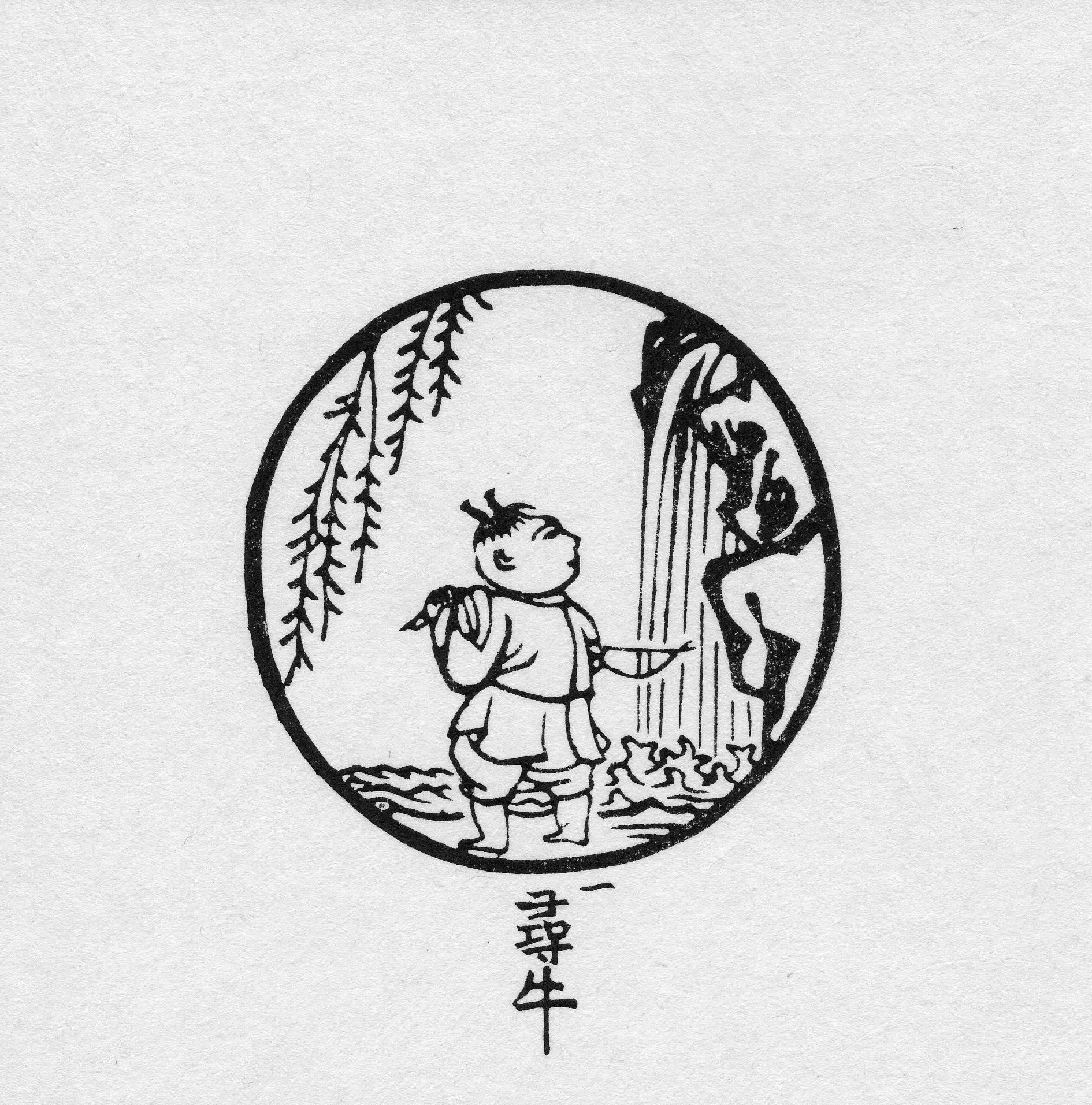
Seeking
In the first picture, the boy is seeking; he does not know what he is seeking, but he is seeking something. Perhaps it is a feeling of incompleteness or purposelessness that drives him, but he is motivated. We often have a sense of disquiet or anxiety. We know we are not what we should be but don’t know how to overcome it. We seek religion or philosophy, but we find no concrete answers. Like the boy, we are seeking but have no clue. He continues on this path and then….
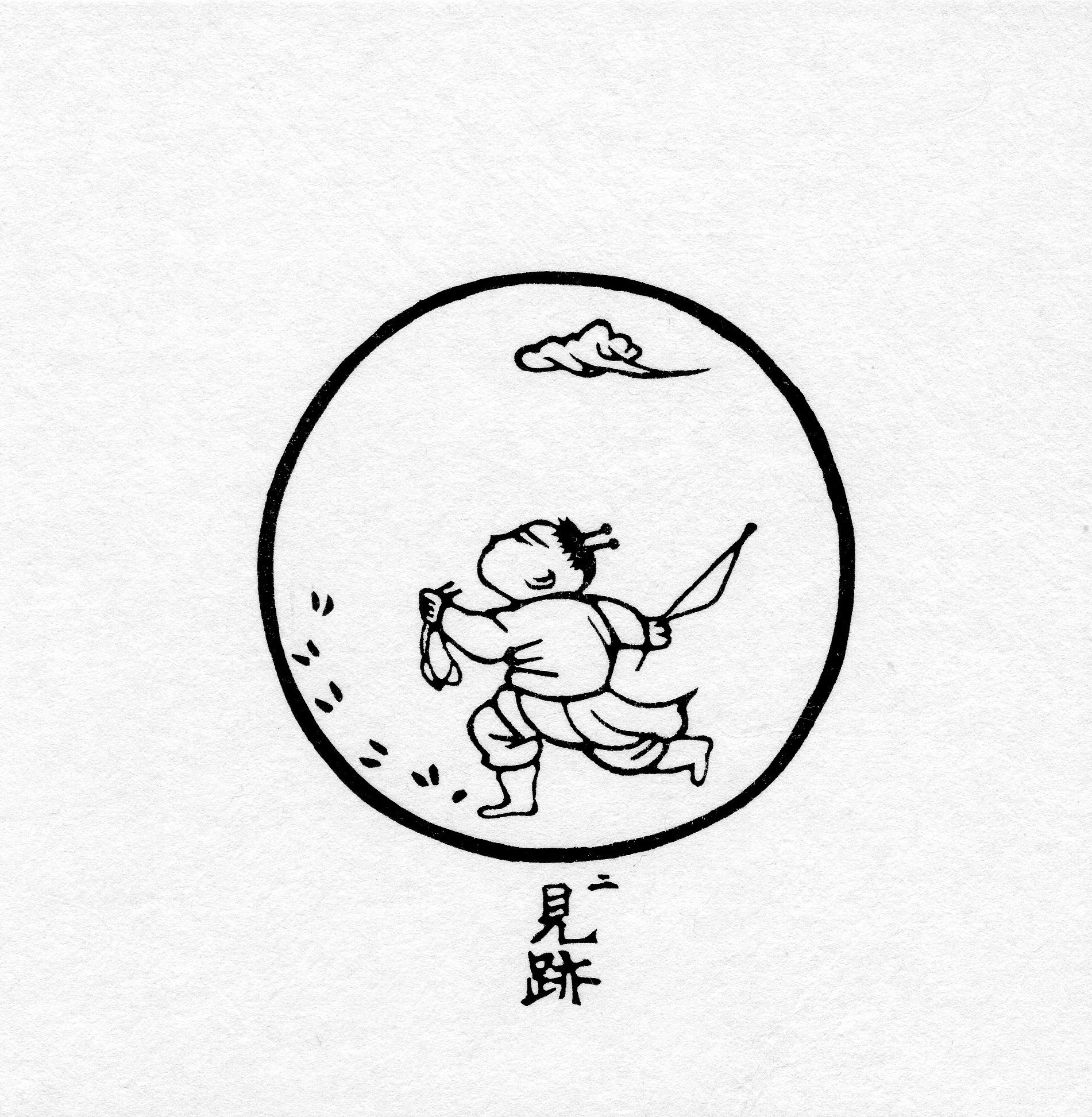
Seeing a Trace of the Ox
He gets a glimpse of the problem. Religious traditions express this in many ways; that we are fallen or sinful or whatever, but at the core something just isn’t right. We are not settled at the core. We begin to realize, if ever so slightly, that we have a fundamental problem. The First Noble Truth of Buddhism is, “Life is dukkha”. Life is suffering. A priest from Ceylon told me that it really means life is suffering without knowing the foundation of that suffering. Perhaps it’s like a cat seeing the shadow of its tail, knowing there is something behind it but having no idea what it is. Reaching for this shadow, it retreats. We need not know any history, philosophy or religion to arrive here. It arises as a natural condition of human existence. We need to seek deeply. Now something has got our attention and we are alert. Through our attentiveness we…
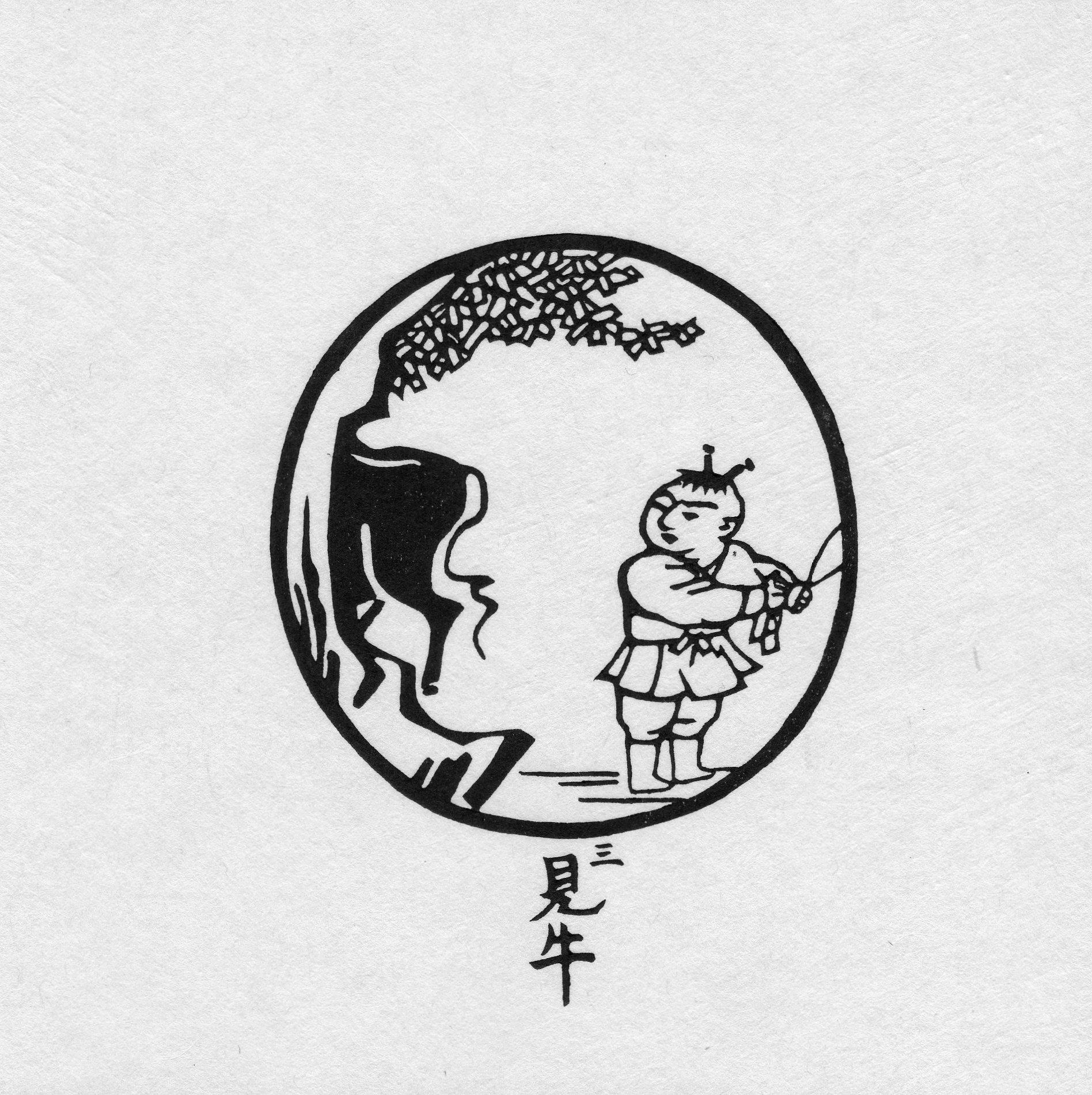
Catching a Glimpse of the Ox
We begin to see our problem. Though it is unclear what the entire picture is, we are beginning to get a view of it. It is like seeing our own shadow and wondering who it is that casts the shadow. If we reach for it, it retreats, and if we step back from it, it persists. Who is it that casts this shadow? How do we approach this? We know that we are, but we don’t know who we are. We posit many beliefs and ideas, but none of them reach the source of who it is that cast the shadow, that posits the self, or, most simply, says “I am”. We come to wonder, “Who am I?” These are the mechanics of self-awareness. There is a self that is aware of being a self but does not know who this self is. As it arises into being, it becomes aware that it can and will cease to be. It has no ground to stand on, but it exists. At any moment, it can be annihilated. Deep existential anxiety, previously hidden within one’s mundane, everyday worries, now stands out prominently, and the Buddha’s proclamation “Life is suffering” now has great meaning. That which is aware that it is a self is somehow separated from that self. By coming into being, by being self-aware, we are now acutely aware that we will die. Going on…
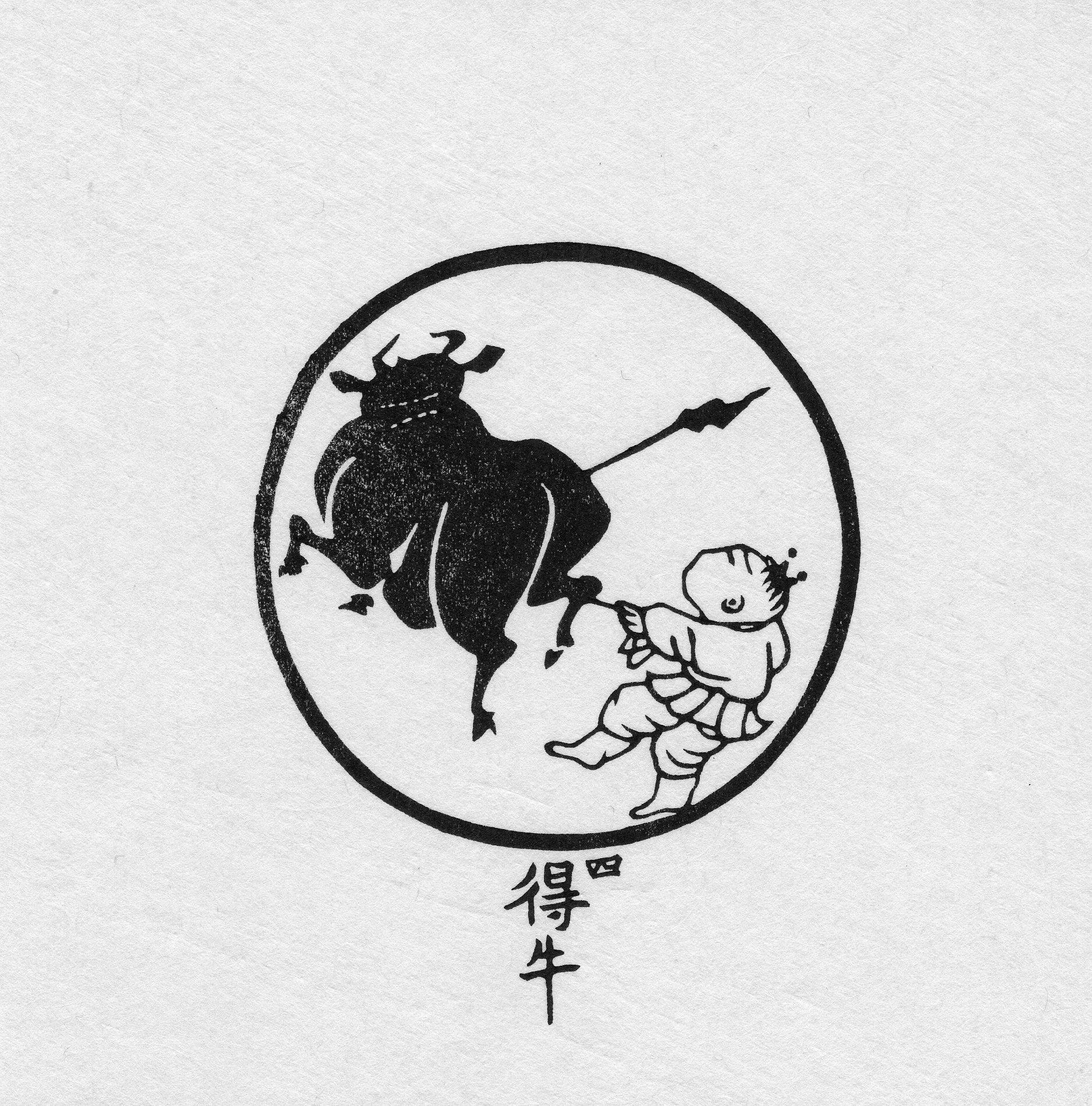
Catching the Ox
Now we face the problem. We have had an idea of our existence, but now that is falling apart. There is a famous Buddhist story that goes like this: a man comes to study with the historical Buddha and is having a difficult time understanding his ideas. The Buddha welcomes him but does not face his questions; rather, he asks him about his journey to meet him. The Buddha asks, “How did you get here?” and the man replies “on a chariot.” The Buddha then says: “I’m sorry, but I don’t know what a chariot is—can you describe it to me?” The fellow proceeds to tell him how a chariot is constructed and its layout from axle, wheels, buckboard, shroud to harness and horses. The Buddha takes this in and says: “So all of these things together make a chariot? When is it no longer a chariot? When you take away the wheels, is it no longer a chariot? Or the buckboard, or the axle? At what point does it become or not become a chariot? This is a conglomeration of things you call a chariot, but what really is the chariot?” The man is puzzled by this and ponders on it, but then the Buddha says, “Who are you? Your thoughts, desires, senses, memories? Remove which of these and you are no longer you? When do you become you or not you by this composite of aggregates?” Now this plunges the man into a deep inquiry of who the self really is. We have a composite of things, ‘aggregates’ in classic Buddhist terminology, that we call the self, but this is an illusion. How do we define the self, grab the self?
Our sense of self and identity is exactly like the chariot. For example, if I were to be sitting with you and I put my hand on your arm, would you say I was touching you? Chances are that you would. If your arm had been amputated, and now I was standing across the room from you, touching it, would you say I was touching you? Most likely you would say I was touching your arm. That which was a minute ago, you, is now apart from you and not you. So who is saying they are you?
To develop this thought further: you awaken on a hospital bed, not knowing you’ve been in an accident. You feel no pain and can only see straight up. A doctor stands over you and says, “are you wholly you?” From your perspective, nothing has changed, so what do you reply? Probably, yes, I am I, whole and intact. The doctor then says, “I am sorry to have to tell you this, but you lost your legs.” Now: are you wholly you? Not knowing your legs were lost, you said yes, but what now? If you say no, then what changed? And if yes, then what is the ‘you’ that is diminished? Without knowing what physically happened, you have no sense of being changed; it had to be perceived. Now the doctor says, “Actually, it’s worse than that: you are just a head.” Are you wholly you? If not, why not? Moments ago, before your perspective changed, you said yes, you are whole—and now why not? Simply because of this new information? And now the doc reveals the icing-on-the-cake: you were burned and have no face… so are you wholly you or not? If you are, then what is the ‘you’ that has been untouched by injury to the body, that stands apart from the physical identification and initially said “I am whole” before being told of the injuries? If, instead, you feel you are now not wholly you: what of you is now less than before? Why does your perspective, your opinion about yourself, determine who you are? Now suppose you’ve been in the hospital for days, suffering with the news and trying to deal with it, and the doctor walks in with a big smile and says, “Sorry, none of what I told you was true—you’re fine.” Your body was merely numbed by drugs and stuck in a full-body plaster cast. The sense of loss was based on an illusion. Besides hating the doctor, you are now suddenly whole again, and so is everything alright now? In a sense, yes, but in another sense you, the true you which observed all this, was never diminished. The you that is unconditional, not known by distinction, that is before birth and death, is untouched, but the self you think you are, that which you misidentify as yourself—confusing it for the body—has been greatly affected by this ordeal.
Mind originates with the arising of the sense of ‘I’. When the sense of a self arises as separate and distinct from the rest of the world, the mind arises also. ‘I’ creates mind and mind creates ‘I’. This, in effect, is the creation of the self and the mind, and is the beginning of dualistic thought and ‘dualistic discrimination’, which is the distinction between self and other. It is also the beginning of suffering and alienation. I know that this is very confusing language, but it is very difficult to express. Until you have a sense of ‘I am’ there is no self, no self-identity and no self-reflection. With this sense of self comes the ability to discriminate between self and other, to say I am alive and I am me, and I am not all those other things I see. This is where the self is born and the mind is born. Before this, there is no self-reflective distinction between the self and the world. A baby exists in the world but not separate from the world. At one point in the baby’s development and through the exposure to other self-reflective beings, the baby gains a sense of self, the act of separation from the world, it becomes an ego. The ego is the act of separation. It is not that we have an ego, we are the ego; we are the act of separation. Without the ability to do this, there is no sense of self, there is no discriminating mind. A baby raised without self-reflective parents, or a so-called ‘wolf child’, will not gain this ability or ego. It is unbroken from nature. Without the sense of other there is no self.
So the mind arises to know there is a self, but that self has no real substance. We know that we are but do not know who we are. Like the chariot, it is a composite of things that we presume is one thing of real substance.
The self that is seeking is the self that is being sought, like the dog chasing its tail. Like the shadow, it cannot be tamed, it cannot be grasped. As we move toward it, it moves away. If we stand still, we cannot grab it. The self we try to perceive stands apart from us. Why is this? What is this self-perpetuating problem? It is the dynamic of the human mind at its core. If we perceive something, that means we distinguish it as apart from something else. We know a flower is a flower because it is not a rock or a bird or any other object. Nor is it myself. We can only perceive it by standing apart from it. We can dissect it, but we will never know it. There must be a subject that perceives and an object that is perceived. This creates a fundamental duality. This is the duality between knower and known, seeker and that which is sought. In our own personal seeking, we now have a great dilemma. To perceive the self is to stand apart from the self in order to perceive it. We cannot be that which we perceive! It is the only way of knowing to us, but it itself is the problem. We must stand apart from the self to perceive it. We must separate from it. We separate from everything to know it, but this very separation does not let us know it. It is a grand dilemma. The self we perceive will never be the true self. We wrestle with this. The mind can neither go forward nor back. I want to know who I am, but trying to know it makes it unknowable. It is like the eye trying to see itself. When Masao Abe was in the monastery he came to this place and wandered about exclaiming, “It’s all wrong, it’s all wrong”. He could no longer tolerate the illusion of mind.
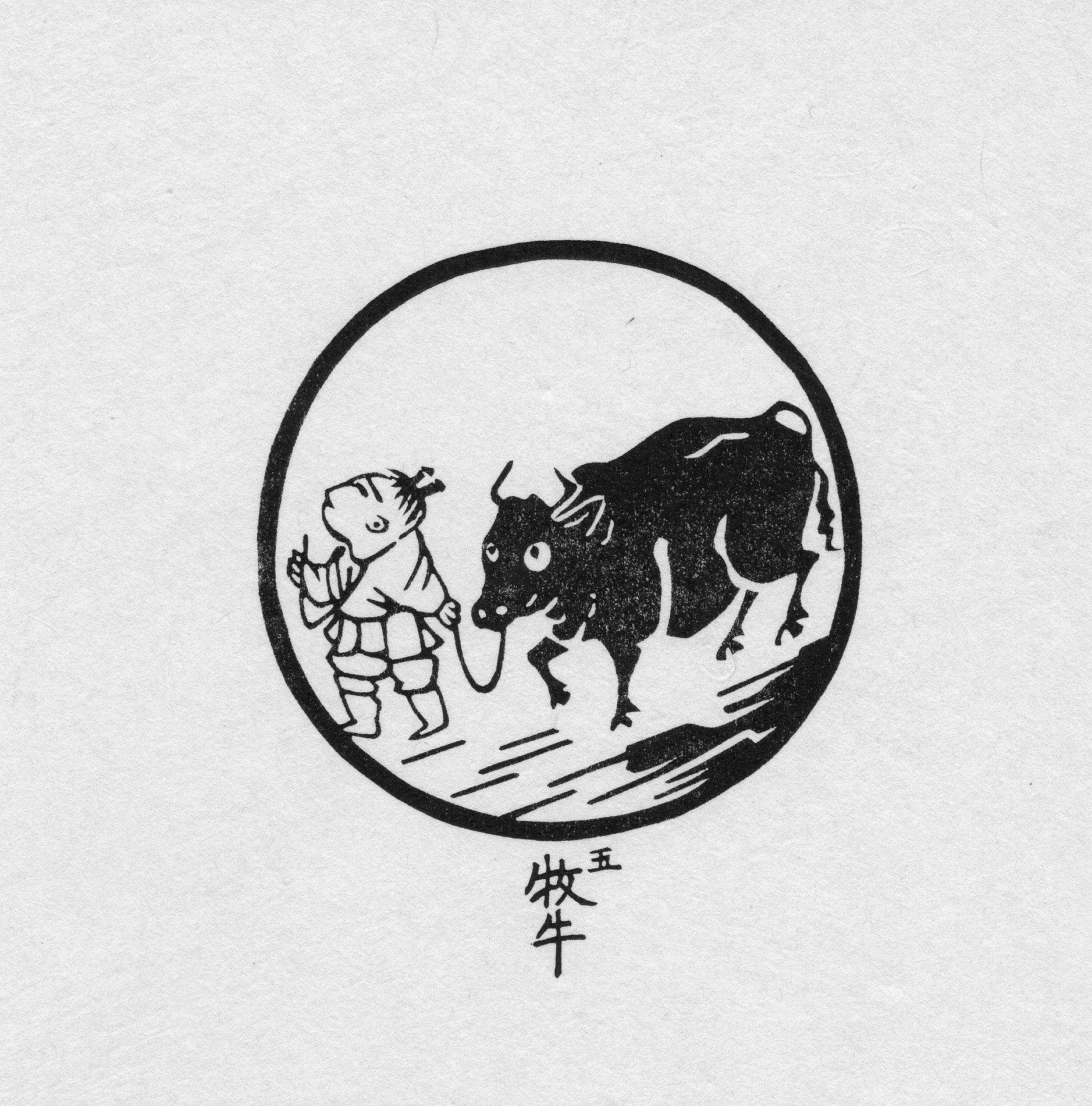
Taming the Ox
Now begins the arduous task of stopping the dualistic thought process. It seems impossible and daunting, but we must do it. The dilemma arises: if I am trying to stop dualistic thought, isn’t that itself a dualistic thought? That is true. There is a Japanese expression that says it is like lifting the mat you are sitting on. There is a famous conversation between Paul Tillich and Shin’ichi Hisamatsu that goes like this:
Tillich: If I follow a path, I won’t get there?
Hisamatsu: Correct.
Tillich: If I don’t follow a path, I won’t get there?
Hisamatsu: Correct.
Tillich: That’s a dilemma!
Hisamatsu: That is the path you follow!
The act of taming is creating the distinction between Ox and rider, between you who seek and the goal. Every time you try to quiet the mind, it arises. It is like pushing down on a balloon—it expands somewhere else. It is extremely frustrating and tiring. It seems impossible, but there are other places in our lives when we do this without knowing it.
We often talk about losing ourselves or being in the ‘zone’, but what is this? It is becoming completely engaged in the task, losing our self in it while being engaged in it. This happens in sports, art and many kinds of everyday activities. When we emerge from this state, we wonder how it was we lost our self. Then we try to get back to this selfless state, but this attempt again creates the problem. We work at this over and over until it becomes second nature. We must come to the point that we realize that this is not an improvement of the self or a fulfilling of the self but a destruction of the self. Again the dilemma: by trying to destroy the self, we are creating the self.
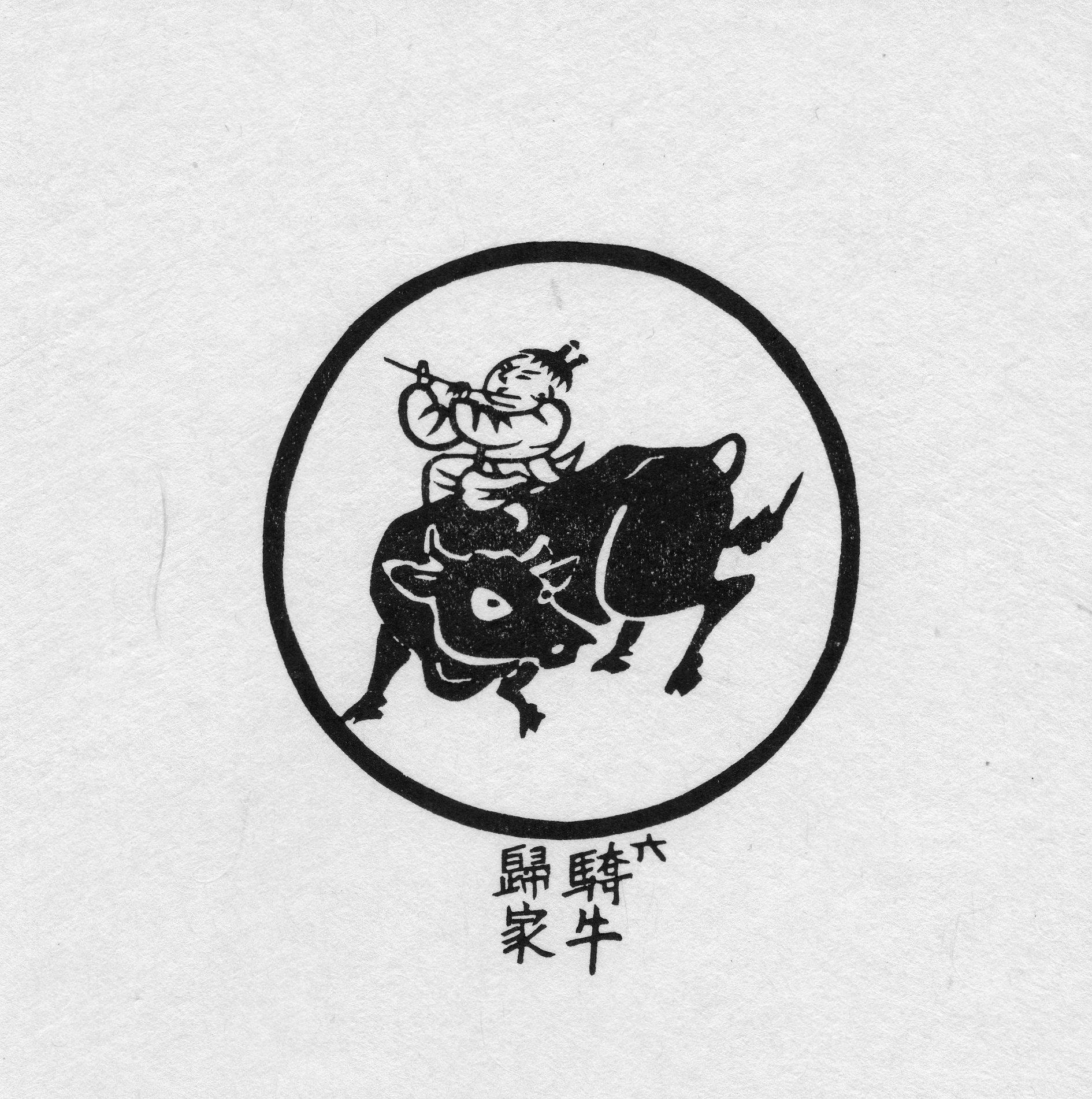
Riding the Ox Home
We have so engaged in the problem that we have become it. Like the yin-yang symbol, the two sides are indivisible. We are no longer aware that every fiber of our being, conscious and unconscious, is dealing with the problem. It is now natural to us. We can’t let go of it any more. It is not a separate ‘thing’ sought for but rather a complete engagement of the self and the problem. “Who am I” becomes “I” stuck in the dilemma. We are free of conscious struggling, but we are still struggling deeply and strongly. There is a superficial way this occurs in our everyday lives. We meet someone on the street and think, “I know this person, but from where?” It digs at our minds, but we cannot figure it out; we have nothing to work with other than a familiar face. Who is this? We visit the problem throughout the day, over and over, nothing to grasp, no toe hold, but we hang onto this problem. Gradually, it fades into the background; we are no longer aware of it. Perhaps a few days later, while going about everyday business, we suddenly have a flash!!! It’s my old English teacher! Where did this come from? You were not consciously, deliberately, willfully dealing with the problem any more, but it was still there, gnawing away at the background of your consciousness until it blossomed with an answer. The sense of a seeker seeking an answer was gone, but the mind-body was permeated with this question, devoting mental resources to its solution. Seeking the self is similar but more deeply engaging and all-encompassing. It becomes the total sum of our being, neither conscious nor unconscious, like a seed awaiting spring rain.
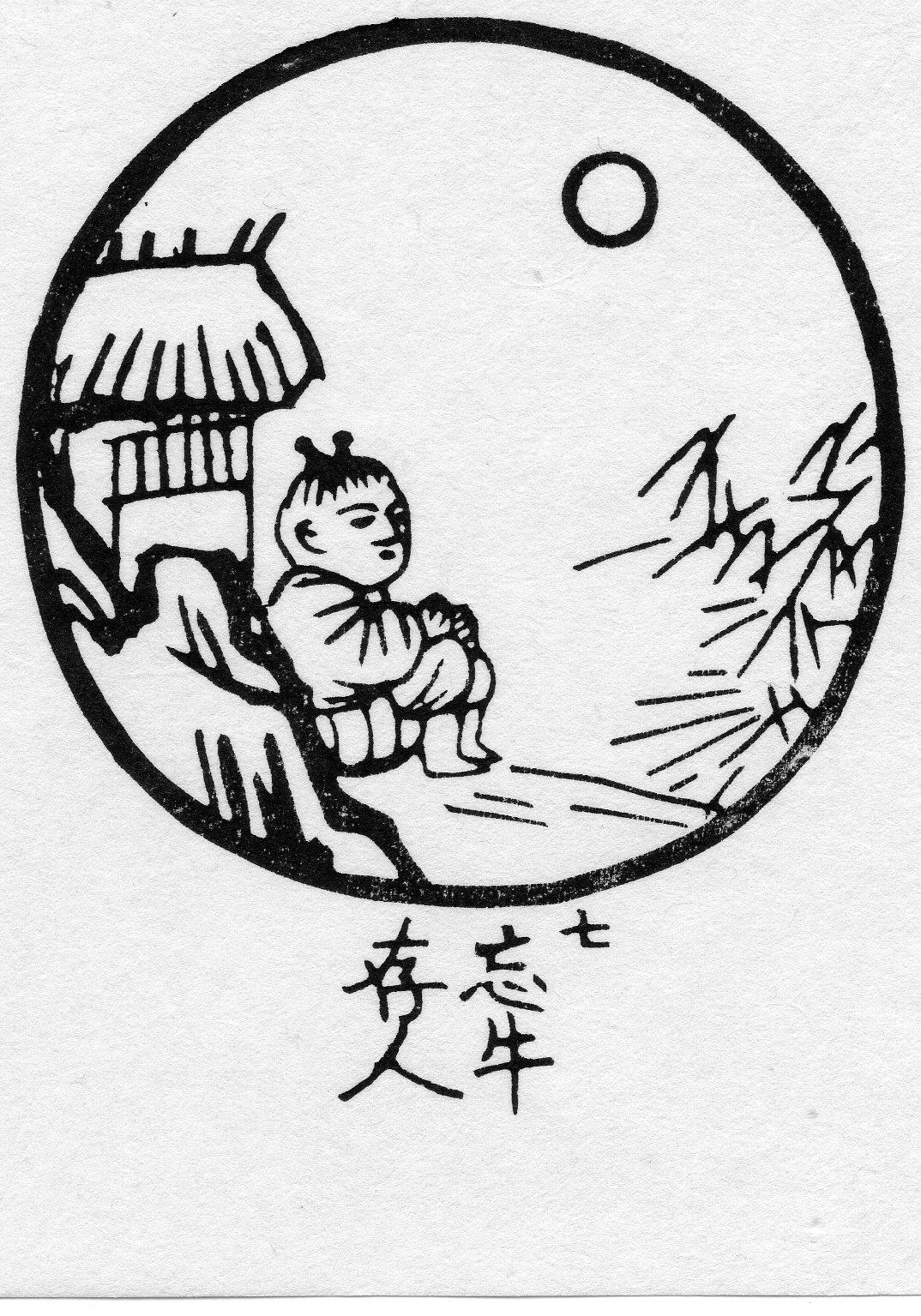
The Ox Disappears
Self and problem are fully one. We have become the dilemma so that there is no ‘self vs. ox’, no ‘self vs. inquiry’. We are locked in a state where there is no ox and no self. Here the self-reflective mind is compressed, impacted, no longer engaged in subject-object thought but just dealing with what is. Unaware of self, unaware of ox/problem, just going about life in a fully dynamic state; as we reach for the universe the universe is reaching for us.
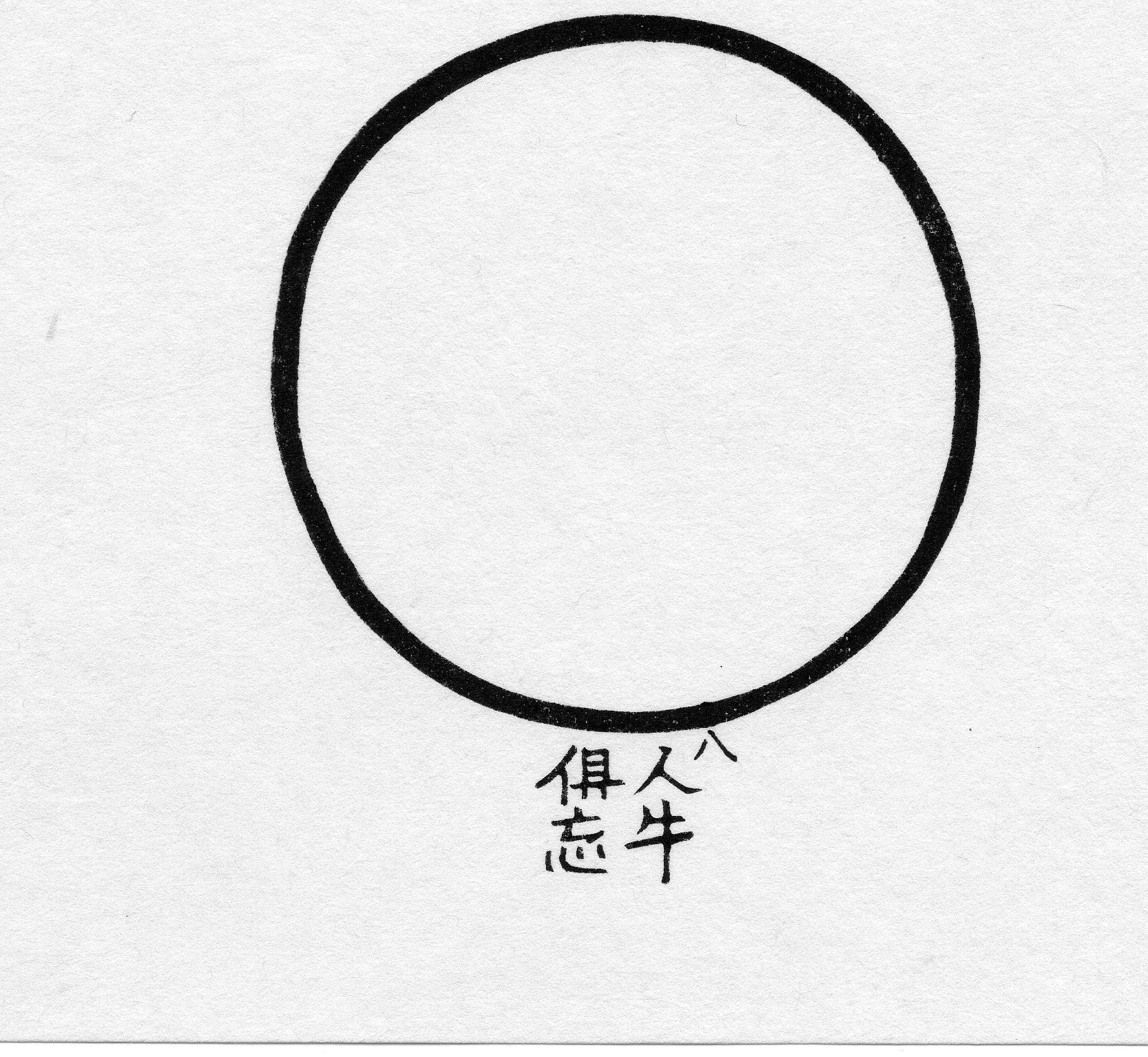
Ox and Rider disappear.
In a flash, subject and object are no more. The self has completely collapsed and is annihilated. Nothing remains, not a trace, no place for enlightenment to enter, no place for dust to settle. No one remains for an ‘aha’ experience, no place to receive a transmission, no status. A pure sheerness that is about to erupt into your original self before the arising of things. The chick pecks the egg to get out and the hen pecks the egg to get in. Now both have coalesced, not going in nor out.
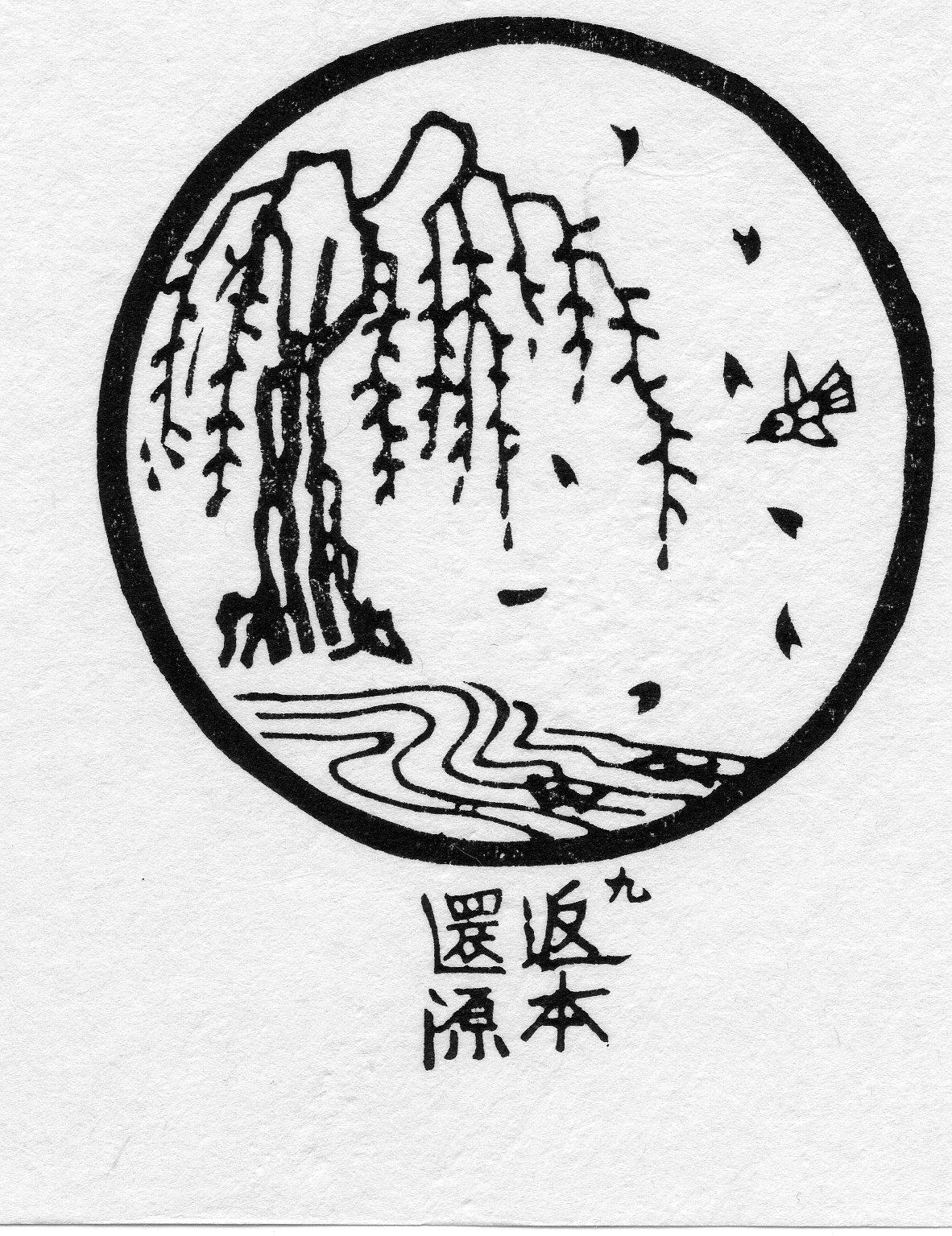
Returning to the Source
Self and other return to their source. The illusion of the individuated self is annihilated forever, and now there is a non-dualistic duality. The dilemma has become a living paradox as self and other simultaneously. As Chuang Tzu put it, “Heaven, earth and I arise simultaneously”. This is ‘before the naming of things’, before dualistic discrimination. You are fully self while being fully other. The root of your being is the root of all being before the birth of your dualistic consciousness. You now see things as they are. The world is illuminated.
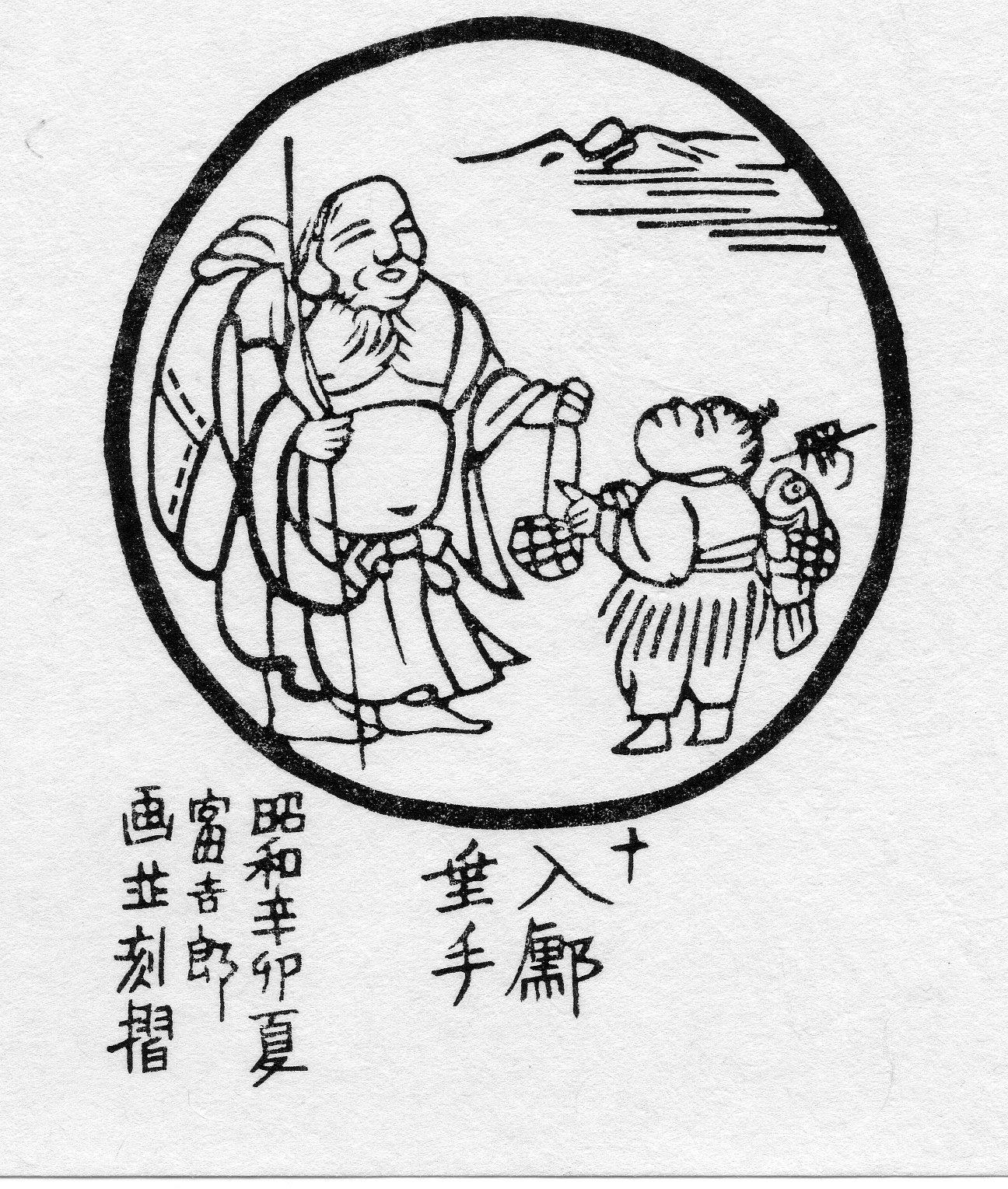
Returning to the Market with Bliss-bestowing Hands
What to do now? The world is as it has always been, and now you see it clearly. True compassion arises, as selfishness is now selflessness. The cycle of life and death is complete in life and death, not a linear movement. You follow your own nature, now no longer divided from it or seeking it. The boy brings fish to his neighbor; kindness guides him.
(more thoughts on the depictions)
JUL
2017
